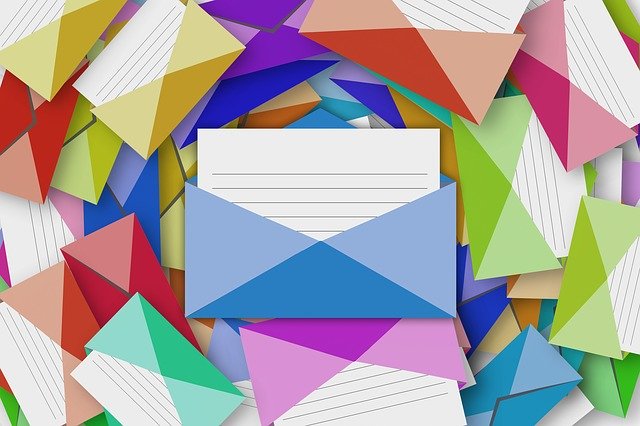
You won't get a response after each email that you send to a prospective buyer. In a perfect world, buyers would respond to all of your emails. You have to remember, though, that security buyers are busy professionals -- typically C-suite executives -- who have their own business to run. Therefore, they don't always have the luxury of responding to every email sent by a vendor or supplier. Even if a prospective buyer ignores your initial email, though, you may be able to reengage him or her with a follow-up email.
What Is a Follow-Up Email?
A follow-up email is any email sent to a prospective buyer after a previous email to which he or she didn't respond. It allows you to "follow up" with the prospective buyer for sales purposes. You can create a simple follow-up email telling the prospective buyer that you are just "checking in" to see if he or she is still interested in your security company's products or services.
Prospective buyers don't always respond to commercial emails. Many of them, in fact, don't even open commercial emails. According to a study conducted by ConstantContact, commercial emails have an average open rate of about 13% to 25%. Some industries have higher open rates than others. Regardless, you can't expect all prospective buyers to open and respond to your emails. Rather than writing them off as lost sales, however, you can send them a follow-up email.
Address Buyers By Name
When creating a follow-up email, you should address the prospective buyer by his or her name. A form of personalization, addressing prospective buyers by name will encourage them to open your follow-up emails. Many prospective buyers ignore commercial emails, as well as other emails, because they assume they are spam. After all, studies show that over 84% of all emails are spam, meaning only one in seven emails are legitimate.
Spam emails are typically generic, and they rarely feature the recipient's name. As a result, addressing prospective buyers by name signifies that your follow-up emails are legitimate. Prospective buyers will see that your follow-up emails aren't spam, so they'll feel more comfortable opening and responding to them.
Include Your Name
In addition to addressing prospective buyers by name, you should include your name in follow-up emails. Why is this important? While you can always close an email by mentioning your security company's brand name, this won't create a strong personal connection with the prospective buyer. The prospective buyer may recognize your security company's brand name, but without your actual name, he or she may not respond.
You can still mention your security company's brand name at the bottom of your follow-up emails, but consider adding your own name as well. Ideally, you should close each follow-up email with your name, job title (e.g. CEO or COO) and your security company's name. Along with this information, you should add your contact information so that prospective buyers can easily reach you. Some prospective buyers may simply reply to your follow-up email, but others may prefer calling you directly.
Keep Them Short
Generally speaking, the shorter your follow-up emails, the better. Prospective buyers aren't interested in reading essay-length emails. They want short and concise emails that are straight to the point. The marketing services provider HubSpot even found that sales emails with just 50 to 125 words perform the best.
Remember, follow-up emails are simply designed to "follow up" with prospective buyers. You don't need to perform a complete sales pitch in a follow-up email. Instead, use this opportunity to touch base with the prospective buyer by asking if he or she is still interested in your B2B company's products or services. If the prospective buyer responds to your follow-up email, you can then pitch one or more products or services in hopes of generating a sale.
Write Relevant Subject Lines
The subject line is a critically important piece of an effective follow-up email. While prospective buyers or the sales lead must open an email to read its main body, they can view the subject line from within their inbox's main interface. Therefore, the subject line is often the determining factor that influences whether a prospective buyer will open an email. Writing relevant subject lines will convince more prospective buyers to open and respond to your follow-up emails.
Stick With Text
Avoid embedding images or videos in your follow-up emails. Embedded visuals such as these pose a few problems. First, some prospective buyers may use text-to-speech software to read emails. If a follow-up email contains embedded images or videos, they won't be able to read these visuals. Secondly, mobile devices generally don't display images or videos -- at least not by default. They'll display a placeholder that the prospective buyer must click to view the respective image or video.
Sticking with text in your follow-up emails will increase their performance by encouraging more prospective buyers to respond to them. More sales leads will be able to read them, so you'll naturally get a higher response rate.
What to learn more? Get in Touch
Latest Posts
-
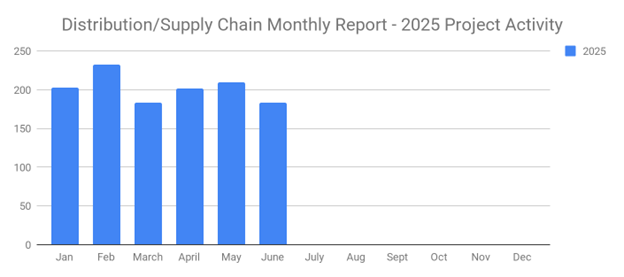
June's New Distribution and Supply Chain Planned Projects Return to March’s 183 Confirmed Figure
-
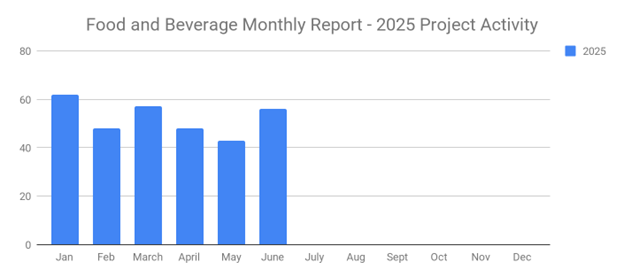
Food and Beverage Rebounds with 56 New Planned Projects Igniting Growth After Decline
-
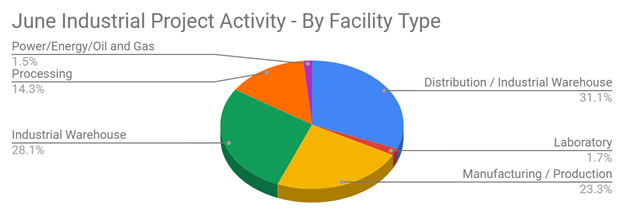
June 2025’s New Industrial Construction Projects Grew 7% Month-Over-Month
-
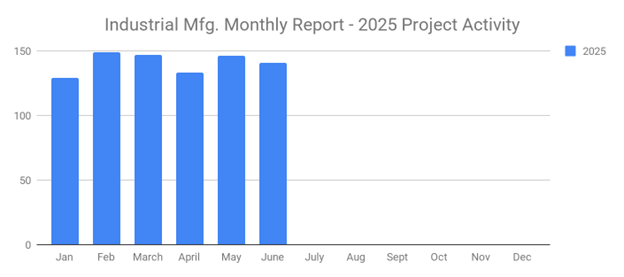
Q2 Industrial Manufacturing Soars 31% for Planned Projects Over $100M; June Planned Industrial Projects Hit 141

